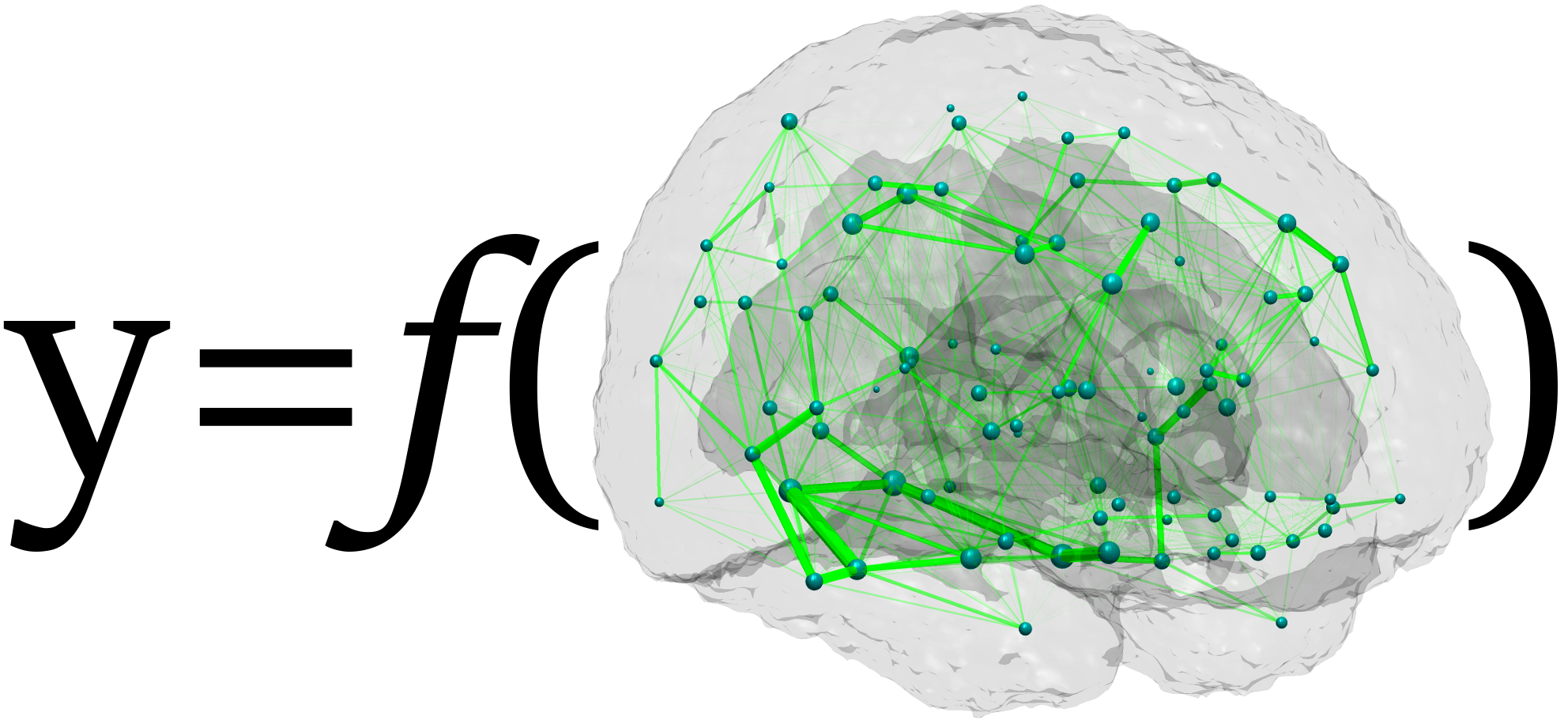
Machine Learning for Connectome Data
A connectome is a network representation of the function or structure of the brain. Recently, researchers have been applying the tools of machine learning to connectome data in order to identify diseases, predict outcomes, and better understand the structural and functional relationships between different parts of the brain. This field is growing rapidly and now comprises a large body of literature.
The purpose of this website is to provide a database of research on machine learning applied to connectome data in order to provide better exposure for studies on this topic and easy access to related works. We have constructed a dynamic table of papers, tabulated according to different criteria (e.g. modality, disease, learning model), which the community of researchers of machine learning on connectome data can contribute to.
Specifically, each paper in this table satisfies the following criteria:
1) Has a primary focus on machine learning for human connectome data.
2) Does not exclusively examine group differences via standard statistical hypothesis testing.
3) For those studies using supervised learning, the model was trained and tested on separate datasets (or some form of cross validation was performed).
The original set of papers listed in this table are reviewed in our survey on machine learning on MRI based connectome data, available here. This paper includes definitions of all ackronyms used in the table.
| VIEW TABLE | ADD PAPER |
|---|